S+T+ARTS in the City – S+T+ARTS (original) (raw)
With S+T+ARTS in the City, we aim at enhancing art-driven innovation at local level and human-centered technologies, such as artificial intelligence, robotics, new digital media, smart cities, high performance computing, data science, or biotechnologies, that will be able to put in the market products and services that have a positive ecological, societal, and ethical impact. By combining arts and creativity with science and tech for good, S+T+ARTS in the City will contribute to the emergence of ecologically conscious technology uses that answer the current challenges that regions are facing, in sectors such as green manufacturing, sustainable urban development, security, recyclable textiles, digital literacy, and more.
- About
- Consortium Partners
- Artists-in-Residence
- S+T+ARTS in the Cities – Interconnected Realities
- S+T+ARTS Symposium
- S+T+ARTS in Motion Final Pitch Event
- (Closed) Call for Artists-in-Residence
- Contact
+ About
Globalisation, demographic change, climate change, secure, sustainable and competitive energy, and social polarisation, in addition to the economic and financial crisis, are the major challenges confronting Europe today, challenges of a medium and long-term perspective.
In today’s interconnected and globalised world, multilateral relations are no longer exclusively built on interstate dynamics. Faced with the concomitant forces of globalisation and localisation, many states are either too small or too big to adequately respond to the growing number of global challenges that are now emerging. This is one of the main driving forces for states to build regional integration schemes.
The Regional S+T+ARTS Centres (RSC) established all over Europe since 2018 are giving an answer to these global challenges, based on the belief that the creativity of artists stimulates innovation in the digital industry and sustainable progress in our society at large. RSC provide funding for cultural institutions, innovative companies, foundations, universities and research institutions that co-develop digital based projects for a more sustainable future. We also keep in mind that regional ecosystems are much closer to the people than the States, thus constitute a privileged space for social and human-centred innovation.
With this project, six RSC (Brussels Region (BE), Upper Austria (AT), Lombardy (IT), Catalonia (ES), Central Slovenia (SI) and North of Portugal (PT)) embark on a new journey, with the ambition of sustaining the S+T+ARTS mindset at regional level, but also to lead it further, with actions driven by the aim of contributing to the expected impact of the Cohesion Policy determined by the EU for 2021-2027, and focusing on answering the priorities determined by the regions involved.
S+T+ARTS in the City will align with these regional priorities and provide solutions, through six main lines of actions:
+ The promotion of eleven regional challenge-based S+T+ARTS residencies in five RSCs;
+ The exploration of the business potential of the outcomes of the residencies;
+ The development of the links of S+T+ARTS with academia;
+ The integration of S+T+ARTS in the institutional processes of programming of the European funds;
+ The strengthening of regional ecosystems of stakeholders that participate in S+T+ARTS;
+ The organisation of public events in the six regions represented.
The 11 artists-in-residence who were carefully selected from 166 applications from 35 countries, are supported through the programme that includes funding, guidance and support by the hosting Regional S+T+ARTS Center, access to experts provided by the Regional S+T+ARTS Center and training. The duration of each residency is 9 months and includes 5 phases:
+ Phase 1 (M1, 1 month): Reflection;
+ Phase 2 (M2-M4, 2 months): Development;
+ Phase 3 (M5, 1 month): Evaluation;
+ Phase 4 (M6-M9, 3 months): Production;
+ A subsequent Phase 5 for outreach will take place after the end of the residencies. This will involve the presentation of a curated selection of the residency outcomes at SONAR+D in Barcelona, Ars Electronica Festival in Linz and/or the I Love Science Festival in Brussels, in 2024.
Duration: April 2023 – November 2024
Consortium: GLUON (BE) (Coordinator), Ars Electronica (AT), Hac Te (ES), INOVA+ (PT), Kersnikova (SI), MEET | Digital Culture Center (IT)
Management Contact Person: Aurélie Delater
+ Consortium Partners
GLUON is a Brussels‐based non‐profit organisation that realises projects on the crossing borders of visual art, research and industry. GLUON’s Art & Research department aims to maximise collaborations between artists, researchers and companies, and support scientists through residencies in artists’ studios. These interactions lead to artistic and philosophical outcomes or innovative ideas, services and products in non‐artistic sectors such as education, health care, ecology, cultural diplomacy and community building. The alliances developed within Art&Research reinforce GLUON’s educational programme, aiming to bring technological innovation closer to young people, through an educational STEAM programme in Brussels and abroad.
Ars Electronica is a leading cultural institution, educational facility and R&D lab based in Linz, Austria. Its comprehensive approach to techno-cultural phenomena has brought Ars Electronica a worldwide reputation for excellence. Its four divisions mutually inspire one another in a circuit of creativity. The Ars Electronica FESTIVAL and PRIX set up a stage for the best and brightest international, artistic, cutting-edge experimentations each year. The Ars Electronica CENTER is a year-round presentation & interaction platform intended to educate and entertain local audiences. The FUTURELAB is an innovative, creative R&D facility, endowed with strong technical competence and implementation skills, and linked up to a global network of universities & research facilities.
Hac Te seeks to interconnect and encourage collaboration between sectors and institutions to take advantage of the great potential of working together in the fields of art, design, science and technology. If in creative processes -plasmized in experimental or applied arts, or in industrial products- there are no boundaries between these fields, fostering this relationship can provide a repertoire of valuable knowledge to overcome the challenges of digital transformation, at a historic moment in which the contribution of digital technologies to the development of society is even more evident.
INOVA+ is an expert provider of consultancy services in the fields of innovation, technology, and entrepreneurship. Created in 1997, INOVA+ operates from Portugal (Porto and Lisbon) and has offices in Belgium (Brussels), Germany (Heidelberg) and Poland (Warsaw). With a highly qualified team of more than 90 consultants, with a multidisciplinary background and different nationalities, INOVA+ is also linked to a wide network of partners, which include public administration entities at the local, county, and regional levels, research centres, industry, education & training providers, NGOs, brokerage Institutions and European bodies. INOVA+’s consultants and project managers deliver effective and sustainable solutions in various areas of innovation, including Management & Innovation; Education & Training; Communities and Networks; Activation and Management; Entrepreneurship and Business Development; Internationalization; Science & Technology; Regional Development and Transnational Cooperation. Over the years, INOVA has contributed to the promotion of European and national policies and to the achievement of its priorities, by supporting the design of strategies and projects financed by the European Union. The company has taken part in more than 100 European projects, having coordinated over 50 of them, in a large range of programs.
Kersnikova Institute is a cultural and educational organisation and production platform for artists and projects on the intersection of art, science and technology. Along with developing and exhibiting artworks in Kapelica Gallery the organisation encompasses an extensive programme of educational activities and has established an infrastructure of wet and mechatronic laboratories to support them. Kersnikova brings into the project decades of experience of working with artists on new evolving projects that incorporate living systems, biotechnologies and a recent focus on AI, but also new ways of peer2peer, DIY, open source and hands-on learning within educational activities. The platform expanded with its collaborations with experts, institutes and economic sector which are integrated into the creative process.
MEET is the Italian organization that supports digital culture and creative technology. MEET was born out of Meet the Media Guru with the fundamental support of Fondazione Cariplo. The first partner is the platform of thoughts, ideas and events focused on innovation and digital technology the art critic and digital culture expert Maria Grazia Mattei founded in 2005; the second partner is one of the world’s main philanthropic organizations which aim is to help organizations to better serve their community and give ideas a future. MEET delivers a massive plan of on life – on line and on site – activities that bring people to experience and embrace digital technology as a part of their daily life and a resource for their creativity. Designed as a social-oriented institution, MEET collects, promotes and shares creative ideas and innovative projects to reduce the digital cultural divide and guarantee an increasingly more active participation with an approach centred on meeting and inclusion.
+ Artists-in-Residence
Adrien Lucca
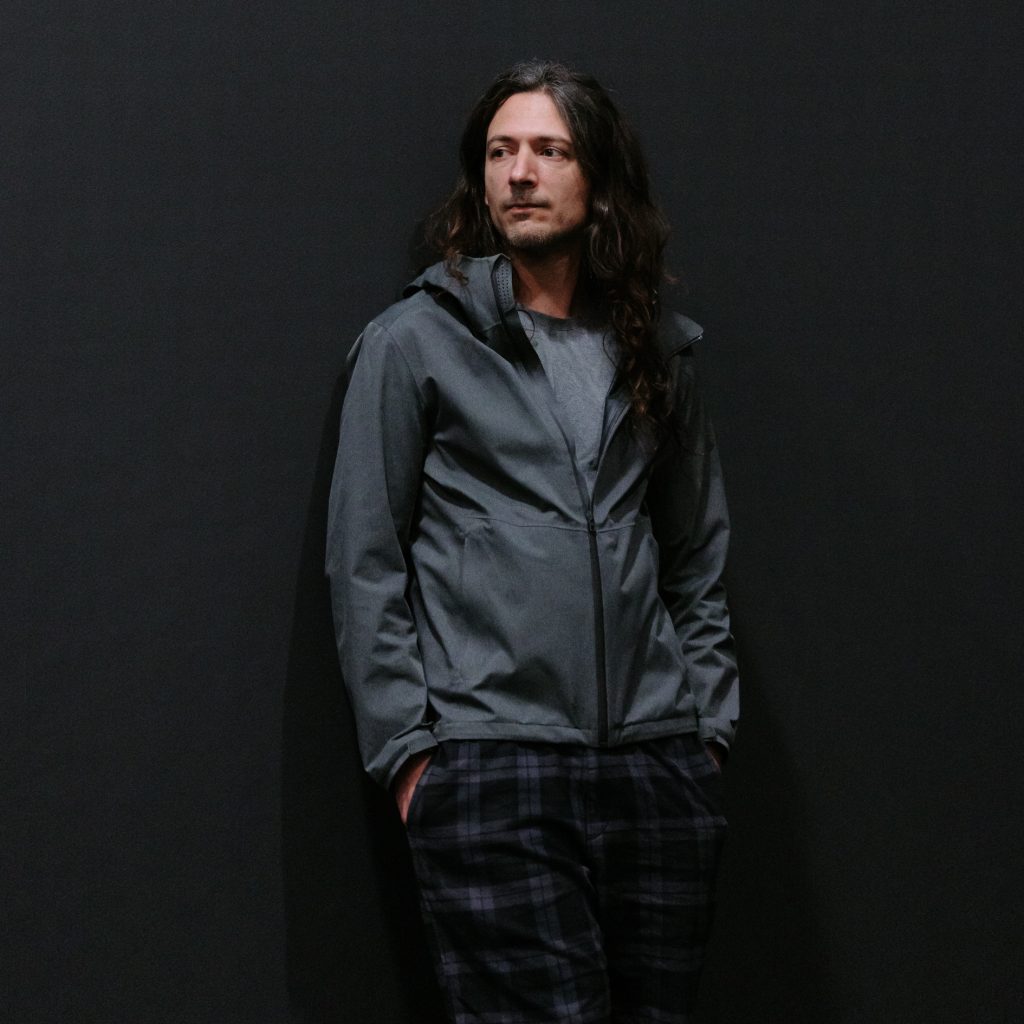
Adrien Lucca Credit: Leslie Artamonow
Parallel Worlds
Going Wild in the City
hosted by GLUON (BE)
Pollinating insects can see wavelengths of light that humans do not, revealing to them a world of colors and patterns hidden from us. The reverse is also true: humans see colors that the insects do not. The construction of the urban and natural worlds is predetermined by the visual interactions of life forms with their environment. As humans and artists choose the materials that color their environment, the pollinating insects have chosen the pigments of flower through 200 million years of co-evolution. What humans interpret as “natural” and see with colors determined by their own visual organs may well be “artificial” from the point of view of insects and flowers. How can we, as human beings, learn to see and appreciate these parallel worlds that exist around us? Could we perceive with our eyes what other species see? Can we pave the way towards a use of light in public spaces that welcomes non-human life instead of disturbing it?
David Claerbout
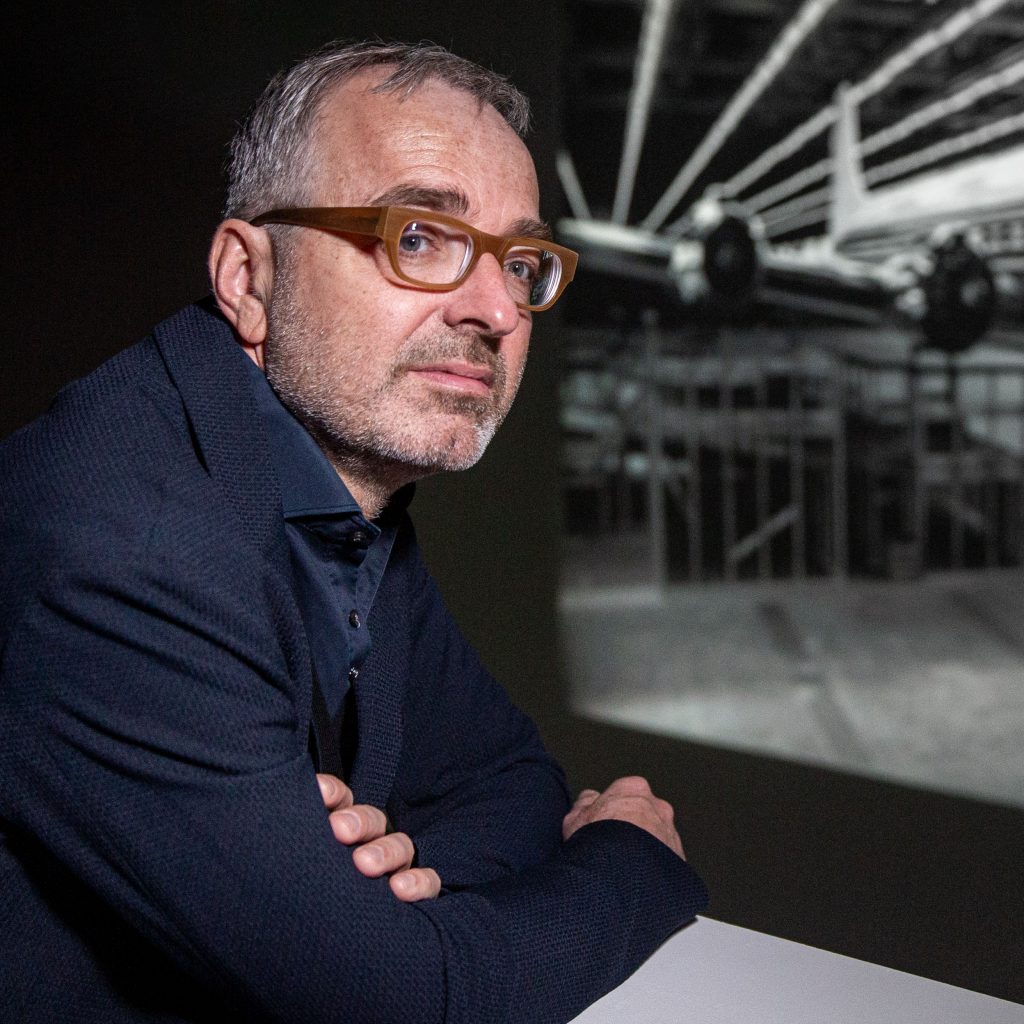
David Claerbout Credit: Taipei Fine Arts Museum
Cognitive Immunity
Reclaiming Our Agency
hosted by GLUON (BE)
The application for the “Reclaiming Our Agency” call, in collaboration with Proximus ADA, seamlessly builds upon David’s enduring exploration of trust systems. Approximately a decade ago, he embarked on a study that culminated in the term “Dark Optics.” This conceptual framework delves into our trust relationship with images, shedding light on the potential crises stemming from a confidence breakdown. The erosion of our confidence in photographic images, and its far-reaching implications for perception, cognition, as well as the consequential political, social, and even mental challenges, has emerged as a central theme in both his reflections and artistic pursuits. Examples of this thematic exploration can be found in works such as “The Close” and “Aircraft (F.A.L.).”
Futurefarmers
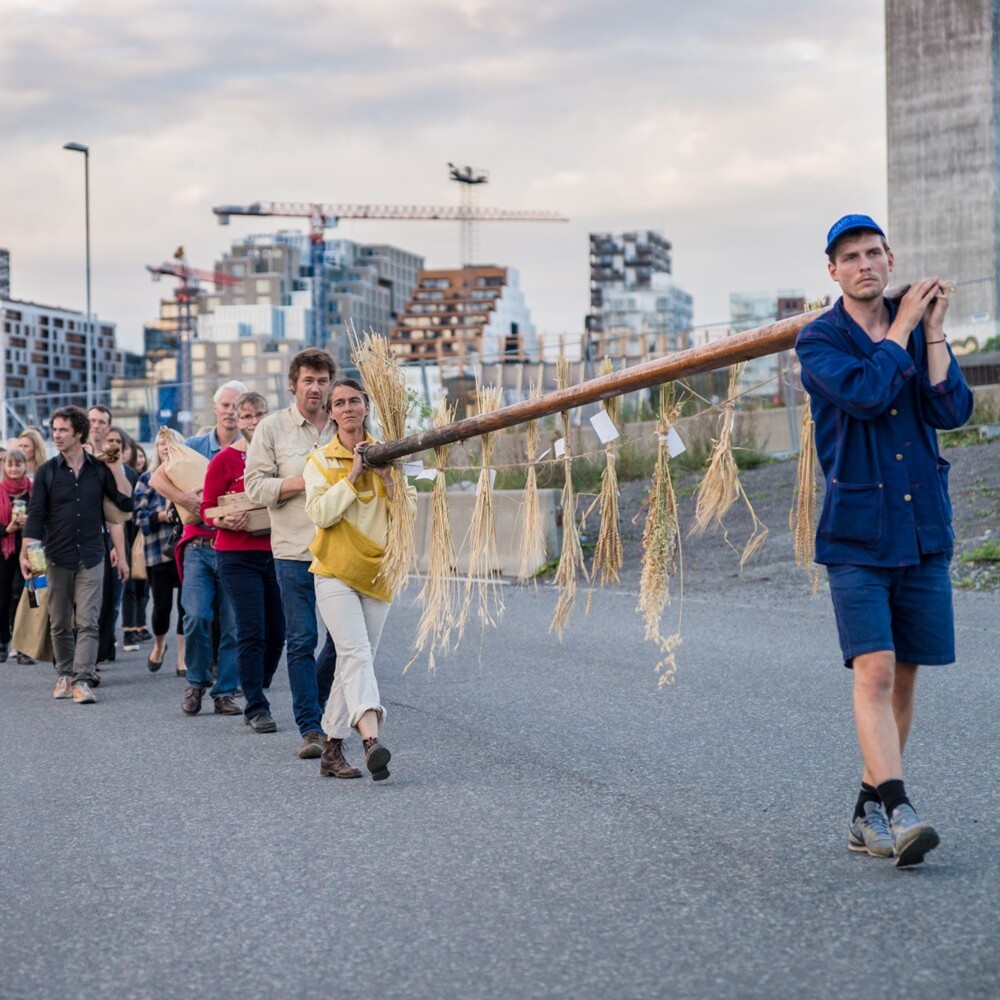
Futurefarmers Credit: Jo Stab
In The Belly of the City
Where Our Food Comes From
hosted by GLUON (BE)
A(PPP)el is a solar-powered, floating platform that moves along the Brussels–Charleroi Canal between Halle and Brussels. It is a public sculpture, a living lab and a functional food transport vessel. A(PPP)el transports organic food produced (by a network of farmers in the Pajottenland) and hosts a constellation of artists on board. A(PPP)el is both an artwork and a tool – a call to action to reconsider our food systems, reimagine food production and activate pathways between farmers and consumers. A(PPP)el is literally and figuratively a platform for bringing this conversation into the public sphere.
Roel Heremans
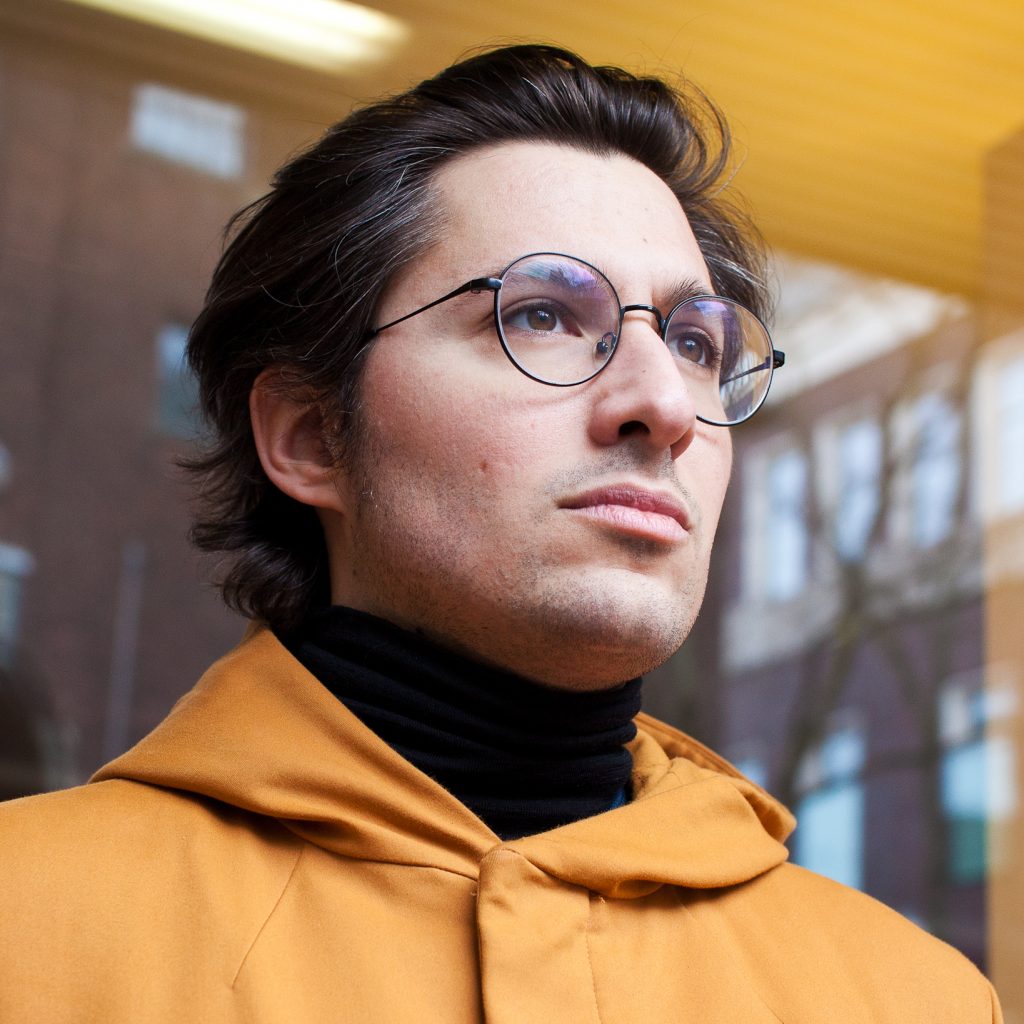
Roel Heremans Credit: Rachel Gruijters
Resonance of Renewal
The Value of Care
hosted by GLUON (BE)
Roel Heremans envisions the installation of an audiovisual sculpture at the Jules Bordet Hospital, which specializes in cancer treatment. The project is inspired by the hospital’s architectural aesthetics and aims to create a meaningful addition to the environment. The sculpture is envisioned as a meditative, colorful, organic form hanging from the entrance hall’s ceiling, in contrast to the hospital’s linear design. The central idea involves integrating data streams into the sculpture. The proposal suggests visualizing scientific studies about cancer, highlighting the progress in cancer research. The question of using patient data for artistic purposes is raised, emphasizing the ethical considerations and the potential use of publicly available data.
Stanza
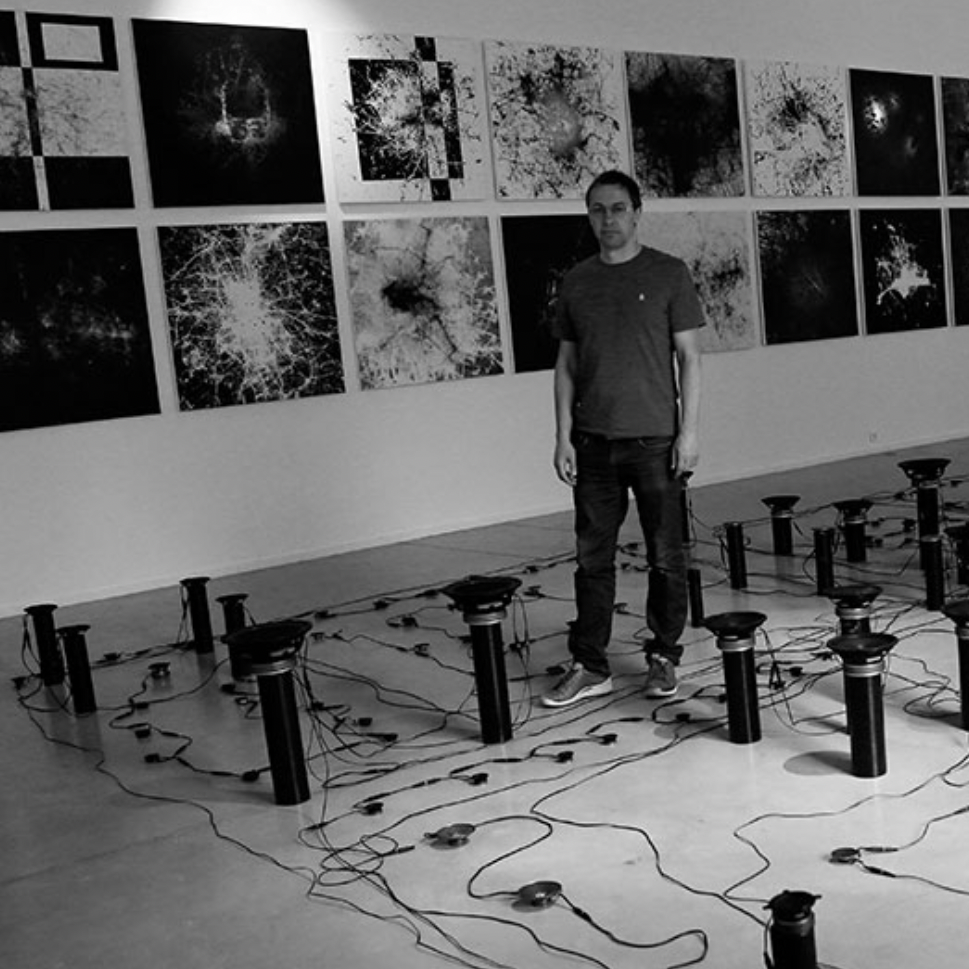
Stanza Credit: Stanza
Koinocity: Entangled Cities
Machine Sapiens and the City
hosted by MEET (IT)
The project explores the future of cities governed by algorithms, creating a data-driven co-creation system that acts as an autonomous “consciousness,” monitoring the invisible city in real time and generating artwork through data visualisation. It addresses the relationship between AI and the city, seeking to make visible the hidden interactions between humans and non-human agents.
Studio Above&Below
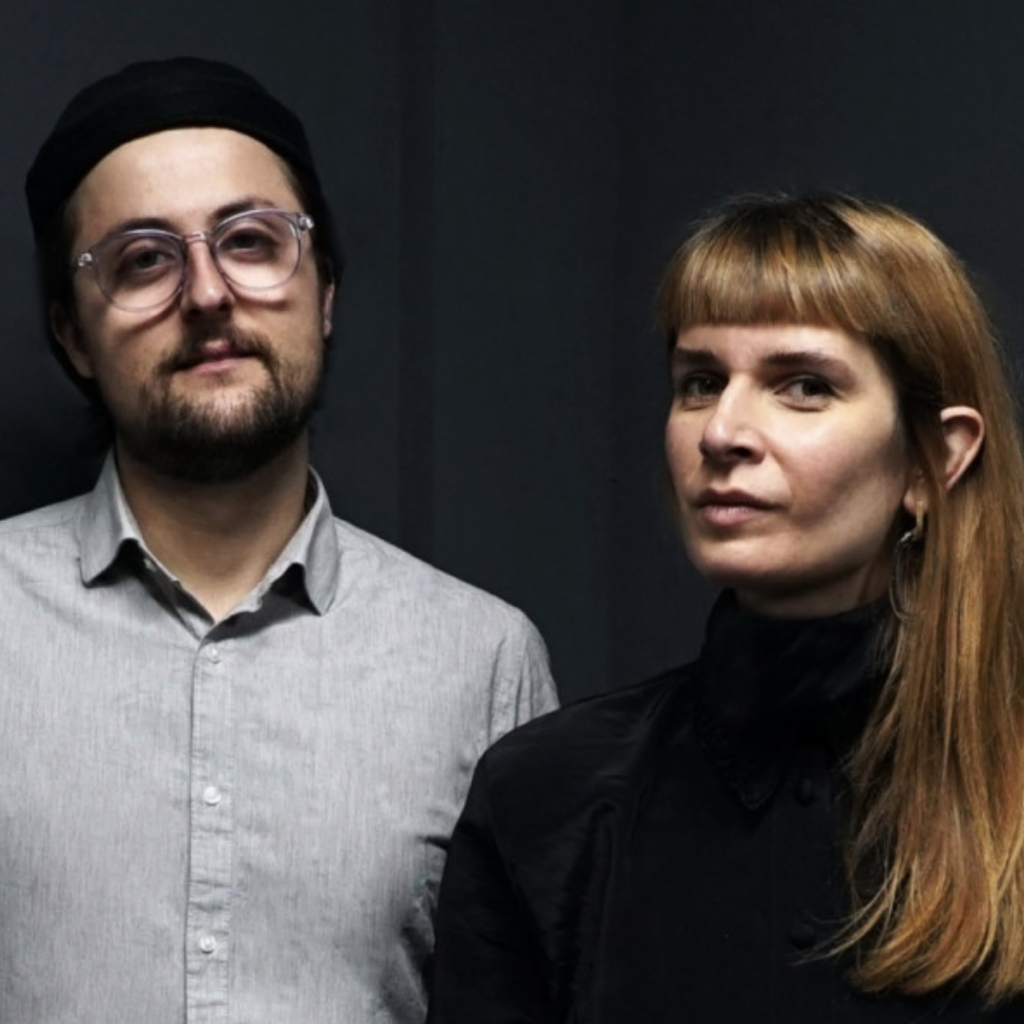
Studio Above&Below Credit: Studio Above&Below
Regenerative Symphony
Regenerative AI for Urban Mining
hosted by MEET (IT)
An interactive audio-visual installation made of a custom AI model, which uses self-analysis, mineral tracking and market analysis of the northern region of Italy as input data to recognise, decide and predict outputs for an immersive modular installation. An interactive station allows the public to create new recycled objects for a sustainable energy source, through specific prompts. The AI model reacts with prompts, including recycling critical materials from nearby unused e-waste, alternative design decisions that react to desirable trends in sustainable materials, and suggestions on what needs to be returned to the landscape to offload new mineral extraction. While calculating the modular system, the digital experience in the space is reorganised, leading to a new audiovisual.
Where Dogs Run
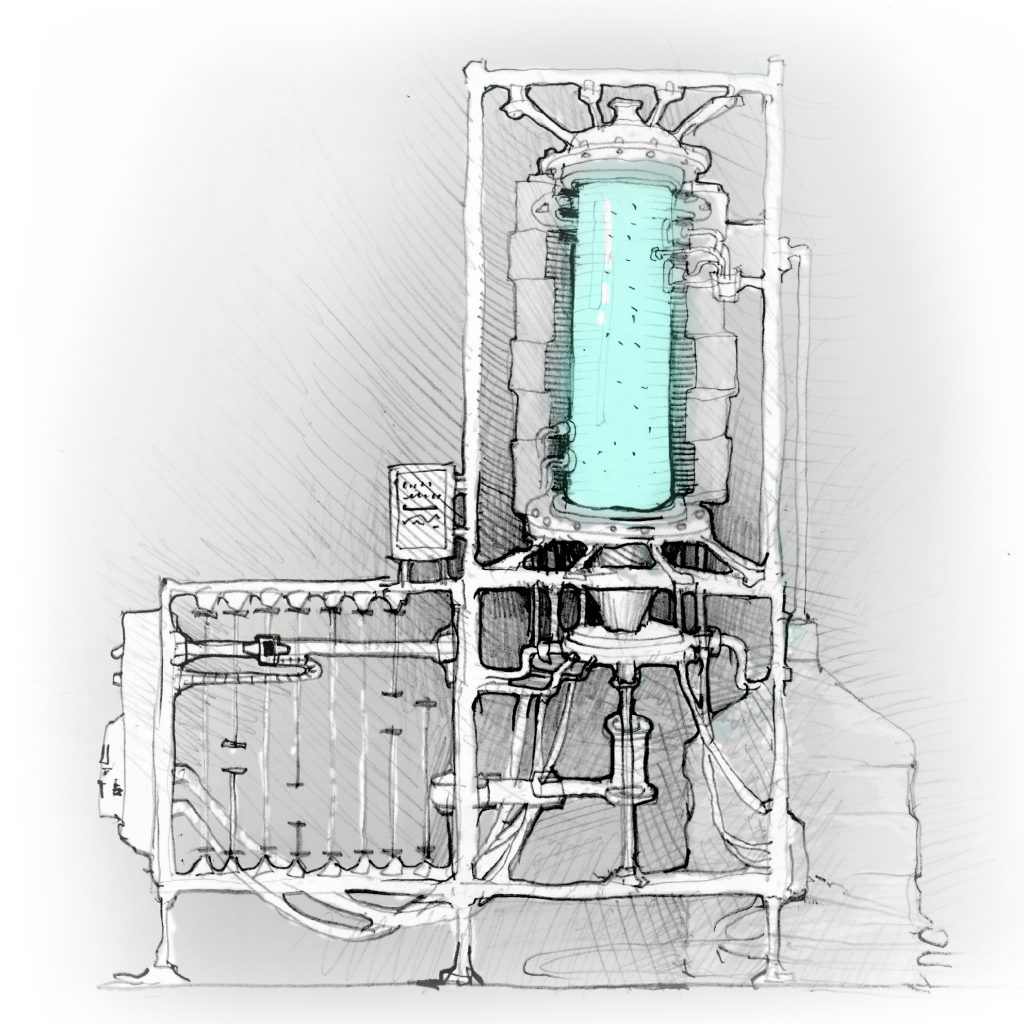
Archean Memory Farm Credit: Where Dogs Run
Archean Memory Farm
The Future of Computing
hosted by Kersnikova (SI)
The idea of Archean Memory Farm is based on the properties of ancient magnetotactic bacteria (MTB). They use magnetosomes to move along the lines of the Earth’s magnetic field, which allows them to recognize up and down and to sink into zones with a minimum of oxygen. The metabolism of magneto-tactic bacteria makes it possible to enter, store and read information. The structure that will emerge can be understood as a basic form of a primitive biogeo-computer. This computer would be considered very slow by human standards, but this speed seems to be the most adequate for observing bio-calculations and may allow us to experience how information grows, as well as how it may have the properties of a living being, closely linked with life and death. The properties of MTB make it possible to create an artificial geological memory as an analogue memory; as a replacement for digital memory; or as a method of algorithmic memory cultivation of living beings.
Samuel van Ransbeeck
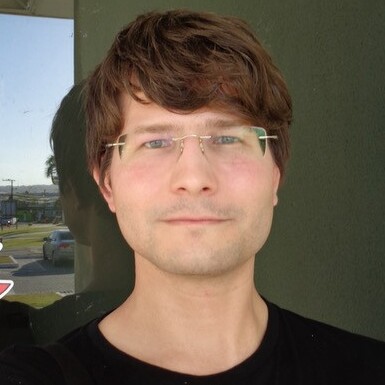
Samuel van Ransbeeck Credit: Samuel van Ransbeeck
FarmSonics: Harvesting Insights through Real-Time Data-Driven Music
Driving Agricultural Sustainability: Empowering Smallholder Farmers with Digital Transformation
hosted by INOVA+ (PT)
FarmSonics (Quintas Sonoras) is an innovative arts-science project that aims to bridge the gap between the realms of art, science, and agriculture. By using IoT data from farms, Samuel van Ransbeeck wants to create a novel way of monitoring and understanding agricultural systems through sonification which is the process of translating data into sound. The core idea is to transform real-time farm data into dynamic and evolving musical compositions, or “soundscapes,” where each sonic element corresponds to specific data inputs. This auditory representation will not only provide farmers with an intuitive and immediate way of detecting anomalies but also contribute to a collective platform for knowledge sharing and decision-making in agriculture.
DISNOVATION.ORG
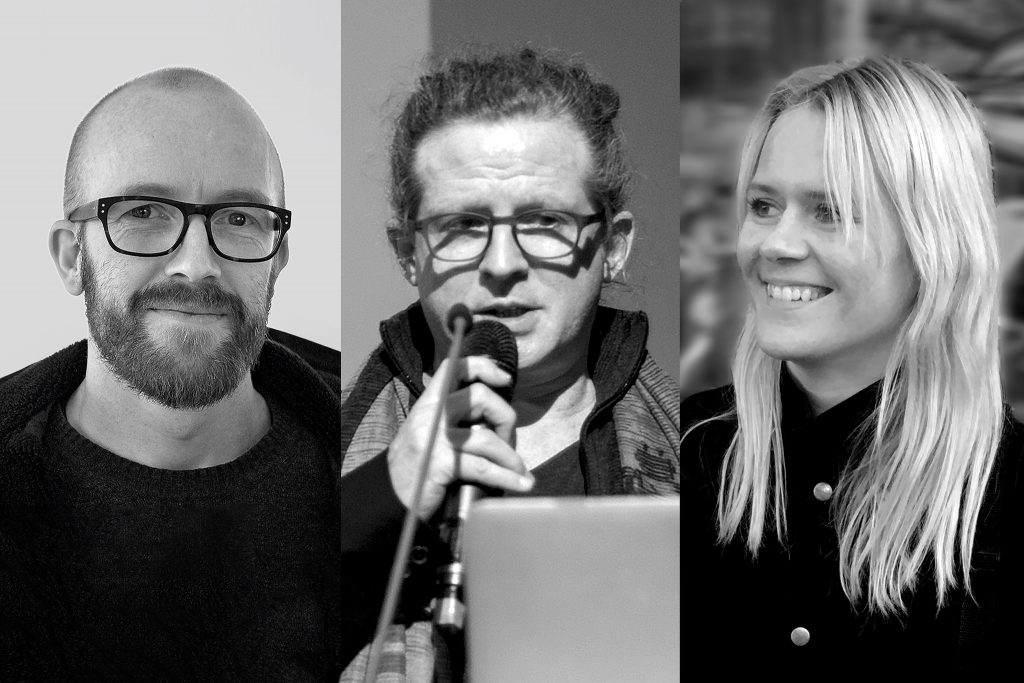
DISNOVATION.ORG Credit: DISNOVATION.ORG
The Solar Share
Understanding and Engineering Photosynthesis for a More Sustainable Future
hosted by Hac Te (ES)
The Solar Share proposes a sustainability-oriented economic model revolving around the sunlight harvested in photosynthetic organisms. Firstly, we propose to develop a data visualization/map of planetary scale photosynthesis to help represent how much new energy is entering the Earth’s system every year, in the form of biomass. Secondly, we propose to build a one square meter photo-bioreactor, where micro-algaes are cultivated. In doing so, the Solar Share becomes an invitation to explore how human energy requirements depend on photosynthesis, in both direct and indirect forms (ie. food, fossil fuels). The Solar Share allows users to experience, explore, and experiment with a radical economic model, where human metabolism as well as modern lifestyle energy needs, are understood as factors of the sunlight captured in the biosphere.
Mónica Rikić
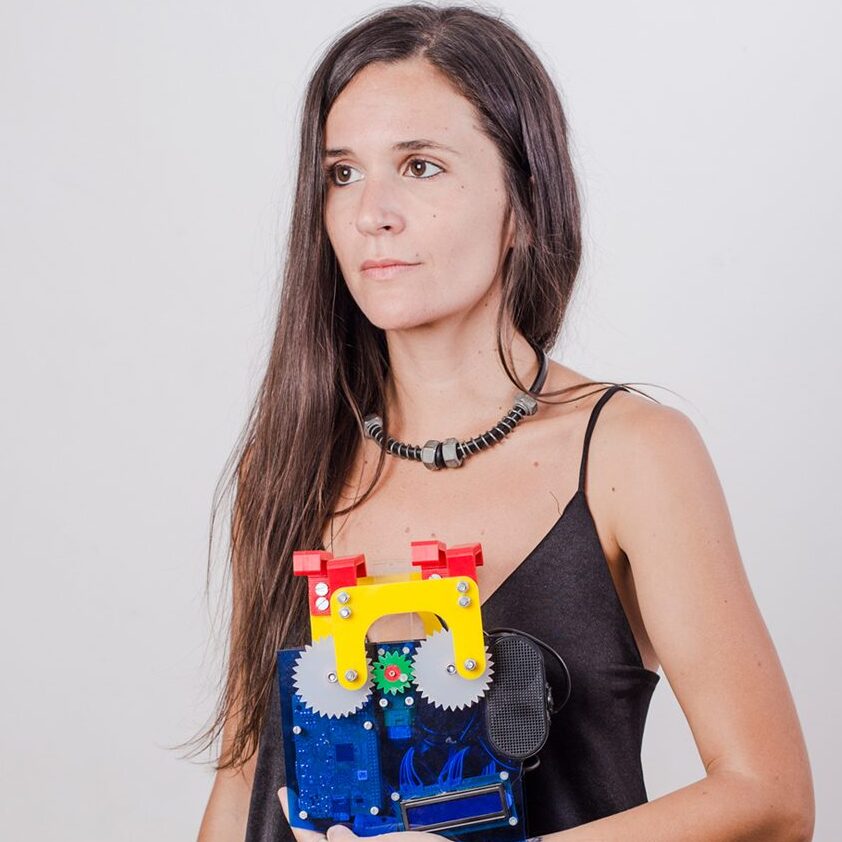
Monica Rikic Credit: Julieta Feroz
Somoure
Designing the Robots of the Future
hosted by Hac Te (ES)
Artistic research project examining the expressive conditions required for non-humanoid social robots to be accepted as trustworthy and safe companions within a collaborative healthcare environment. The overall project idea is based on the awareness that these spaces are sensitive to both consensual and accidental physical contact between humans and robots. Therefore, the whole conceptual framework navigates around the concept of ‘touch’ and the experimentation with physical and haptic communication of social robotics. Consequently, the research has a special focus on embodied cognition and expression. The artistic experimentations will work towards finding a way to add a physical expressive layer to the robot performance, that doesn’t focus that much on utilitarian goals, while they still achieve them.
Mark Farid
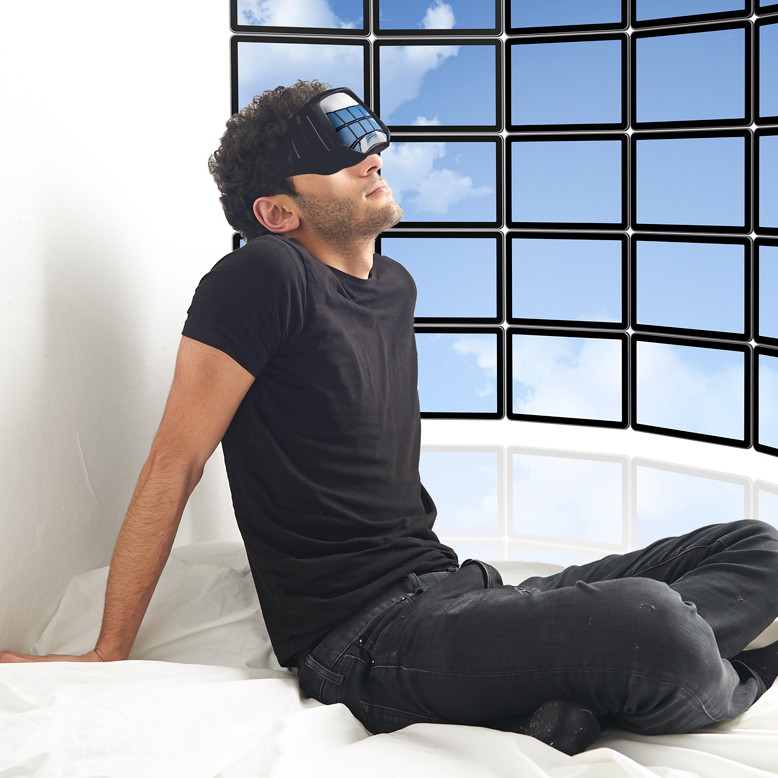
Mark Farid Credit: Mark Farid
Invisible Voice: Empowering Individuals to Reclaim Their Agency
Immersive and Digital Naratives for Climate Change
hosted by Hac Te (ES)
The Invisible Voice project intersects virtual and physical worlds to lay bare the interconnected systems and flows which perpetuate the structures which have brought about the ecological crisis to make clear the connections between the decisions we make, the institutions we engage with, and the impacts they have. Invisible Voice will develop from a digital prototype into a fully realised and deployed tool (along with a total novel mobile phone app and interactive-art exhibition which allows users to see key information about the who the people and business behind the companies are, the sustainability of them, and where the products they consume come from. When browsing the internet on a computer or mobile phone, when the Invisible Voice button is clicked, it reveals an overlay which displays a variety of information about the website and company you are on, from the political and financial connections individuals involved in the business, to their track record of food and agricultural sustainability, labour rights, employee ratings, animal testing and environmental sustainability.
S+T+ARTS in the City is funded by the European Union under grant agreement LC-01984766 under the STARTS – Science, Technology and Arts initiative of DG CNECT. Views and opinions expressed are those of the author(s) only and do not necessarily reflect those of the European Union or DG CNECT. Neither the European Union nor the granting authority can be held responsible for them.